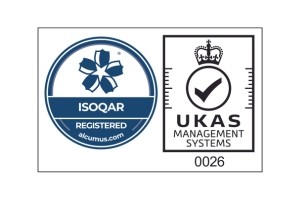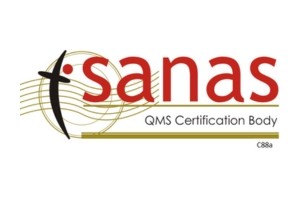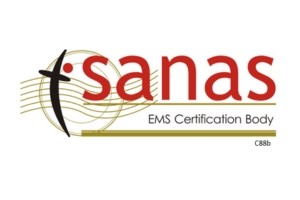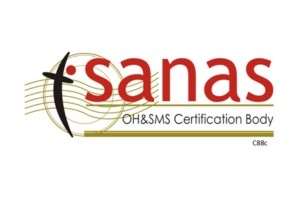HOW CLAUSE 5 CHANGES THE ROLES OF MANAGERS AND WORKERS.
Clause 5 of the new ISO 45001:2018 standard is of high importance, and puts Leadership and Worker Participation on an equal footing. It sets out new expectations of both your organization’s leadership – its senior managers – and its workers. These include employees and managers, but also any contractors performing work under the control of the organization.

Clause 5.4: Consultation and participation of workers
Involvement of workers in the OH&S management system and the processes that support it is a key requirement of effective OH&S management as it enables the organization to make informed decisions.
There puts an onus on the organization to:
- Provide processes, time, training and resources deemed necessary for consultation and participation;
- Provide, in a timely manner, access to clear, understandable and relevant information about the OH&S management system;
- Identify and remove obstacles to participation such as failure to respond to worker suggestions, language or literacy difficulties, policies that discourage worker participation, and minimize those that cannot be removed;
- Encourage consultation with non-managerial workers relating to a range of OH&S issues;
- Encourage the participation of non-managerial workers in a range of OH&S activities and decisions.
It is up to the organization to determine the best way of ensuring effective consultation and participation and whether it needs to set up formal mechanisms such as health and safety committees. While consultation is about seeking workers’ views, and considering them, before making a decision, participation is about joint decision-making, e.g. jointly undertaking a risk assessment and agreeing actions or being involved in deciding the organization’s OH&S policy and objectives.
For small organizations it can be effective to include all workers in discussions and decision-making, whilst in larger organizations, it can be more effective to appoint one or more workers’ representatives. Other mechanisms for consultation and participation include focused team meetings, workshops, worker surveys and suggestion schemes.

The organisation should consider the need for worker consultation & participation in case of the following scenarios or activities:
- New processes, policies and procedures;
- New or unfamiliar hazards;
- Reorganization;
- Construction, modification or change of use of buildings and facilities;
- Introduction of new or modified equipment and new or amended controls;
- Use of new chemicals or materials;
- Changes in legal and/or other requirements;
- Investigating incidents and non-conformities and determining corrective actions;
- Formal and informal suggestion schemes;
- Determining applicable controls for outsourcing, procurement and contractors;
- Determining what needs to be monitored, measured and evaluated;
- Planning, establishing, implementing and maintaining an audit program;
- Ensuring continual improvement;Changes in emergency arrangements;
- Developing new or improved OH&S arrangements and procedures.
Topics for consultation include:
- Determining the needs and expectations of interested parties;
- Establishing the OH&S policy;
- Assigning organizational roles, responsibilities and authorities as applicable;
- Determining how to fulfill legal and other requirements;
- Establishing OH&S objectives and planning to achieve them;
- Determining applicable controls for outsourcing, procurement and contractors;
- Determining what needs to be monitored, measured and evaluated;
- Planning, establishing, implementing and maintaining an audit program;
- Ensuring continual improvement.

Employee involvement refers to work structures and processes that allow employees to systematically give their input into decisions that effect their own work. Some examples of employee involvement include:
- Continuous Improvement teams;
- Formal quality of work life programs;
- Quality control circles;
- Flatter organizational structures;
- Labor management problem solving efforts;
- Employee problem solving task forces and teams;
- Structured suggestion systems.
Join our mailing list to receive upcoming posts: http://www.isoqar.co.za/

